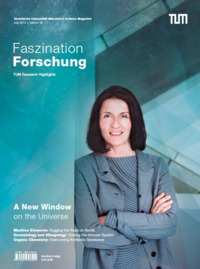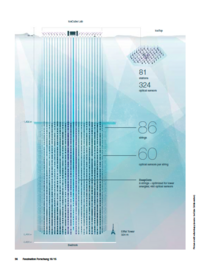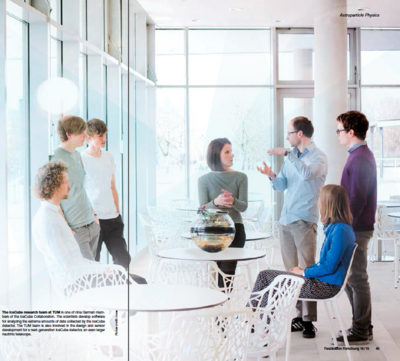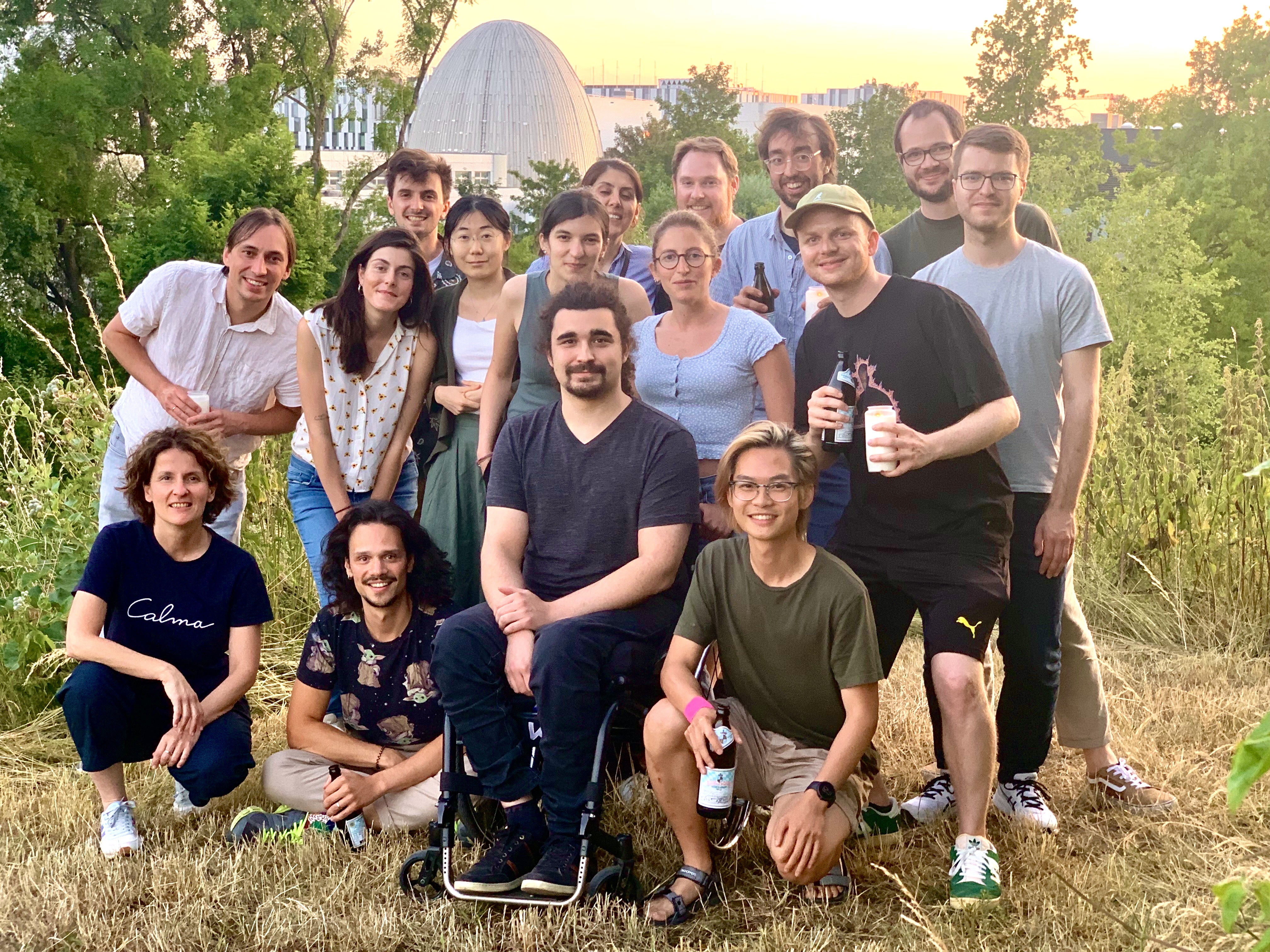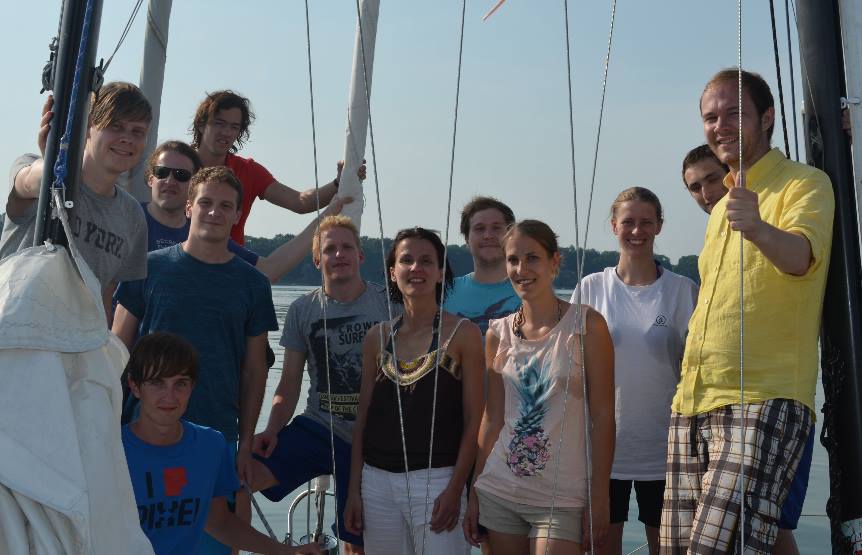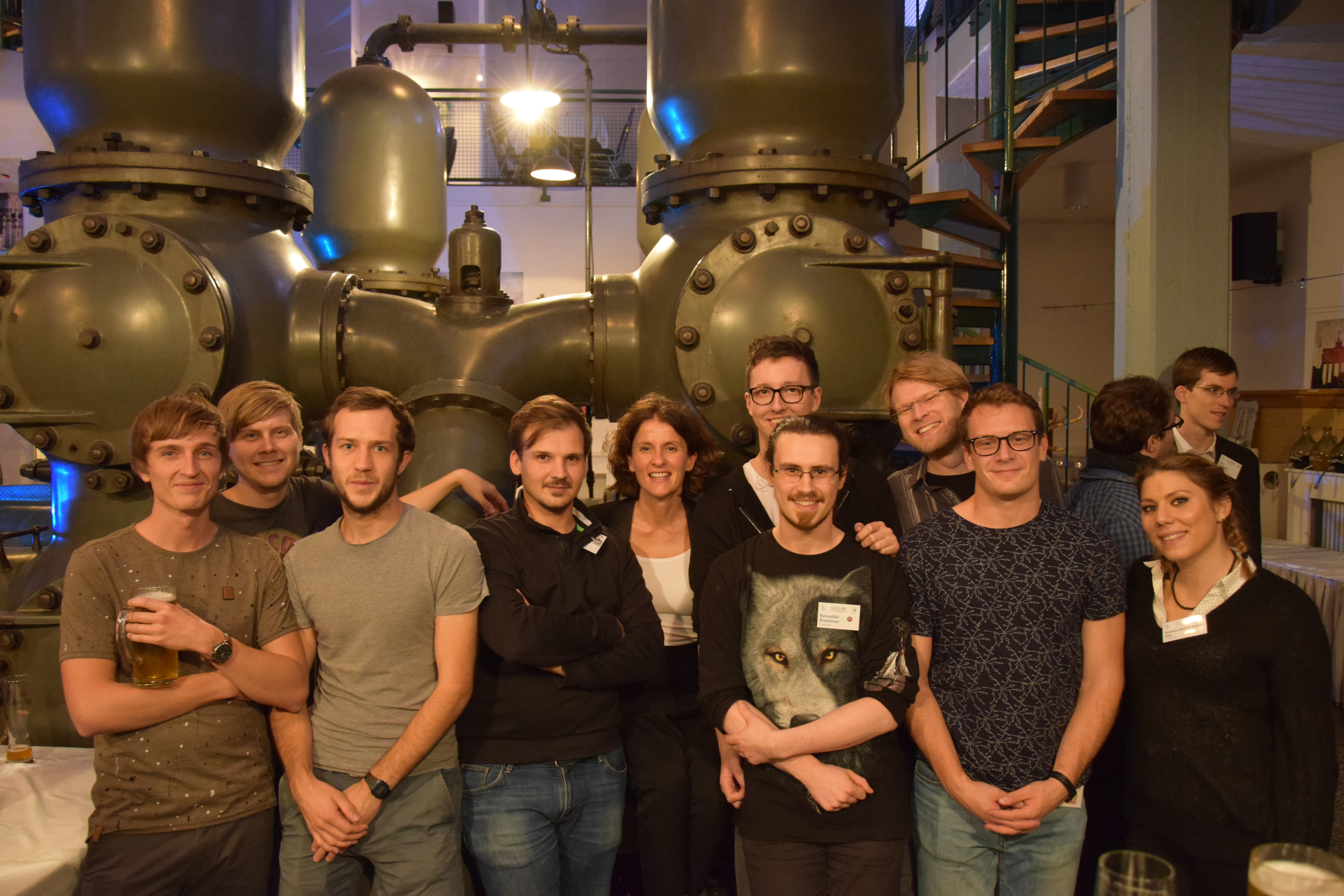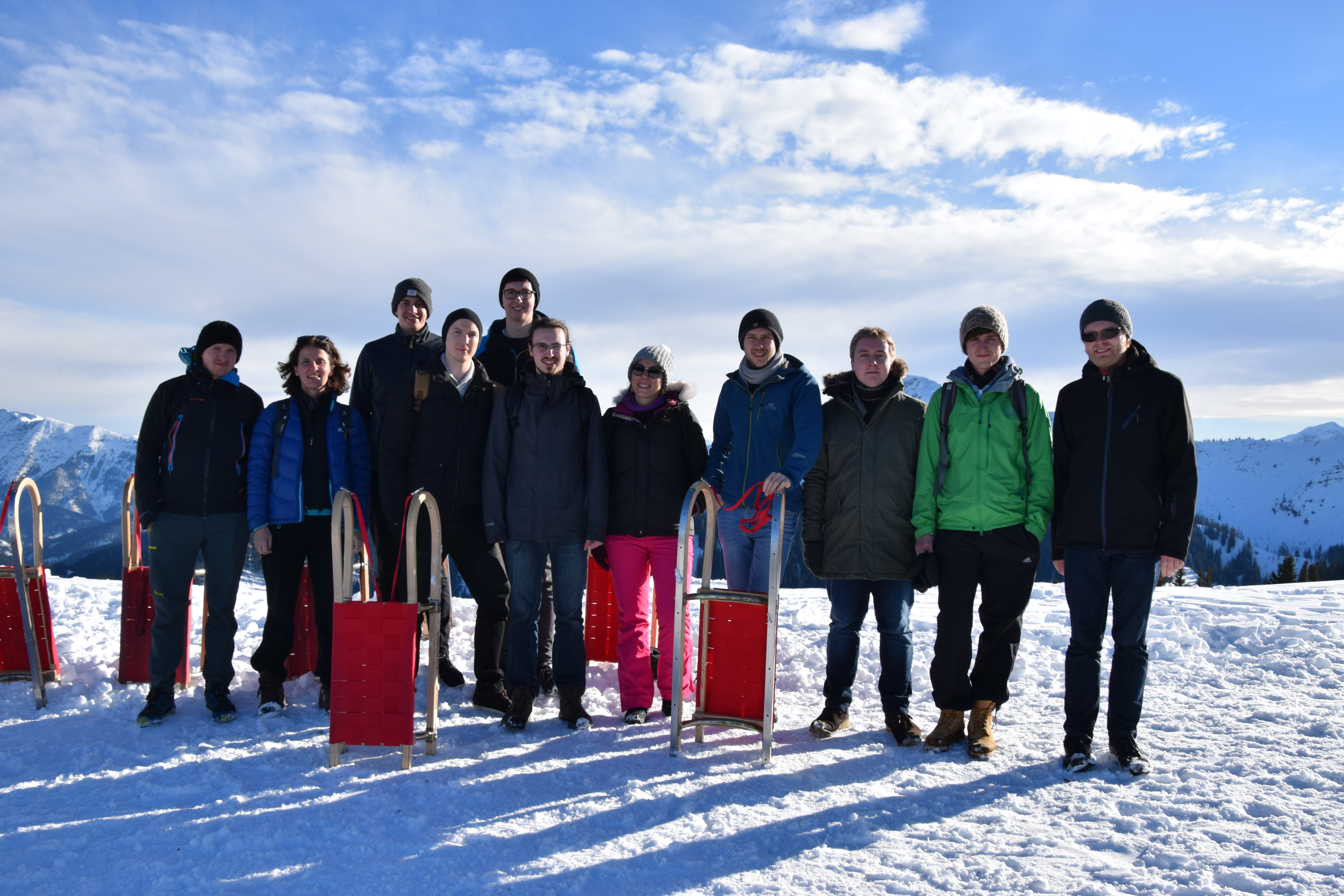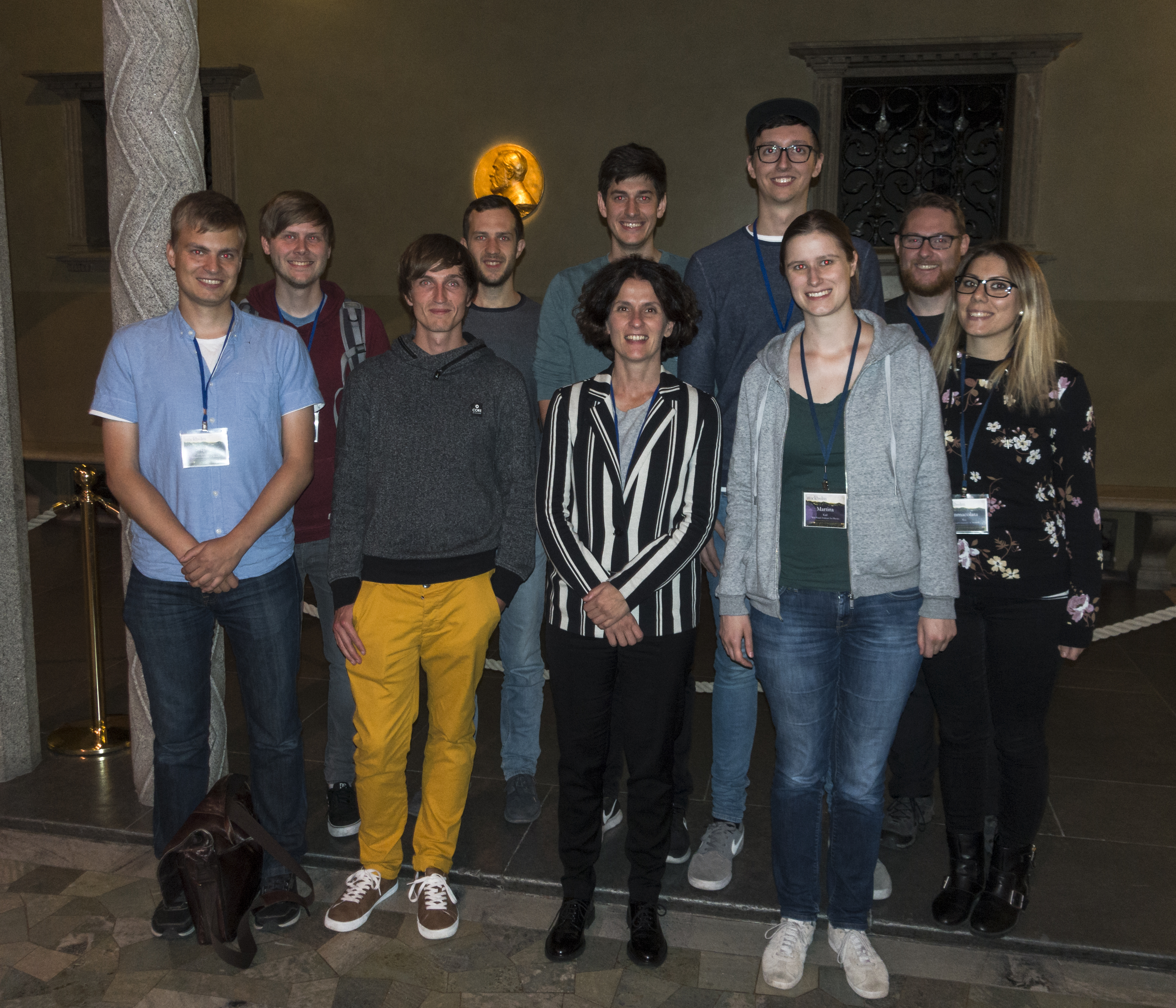In the Cosmic Particle group, astro- and particle physics, ground- and space-based experiments, photon and neutrino observations are combined in a scientific program in order to address the following questions:
- How do astrophysical accelerators work?
- Where does the astrophysical neutrino flux come from?
- Do neutrinos have non standard properties, beyond standard oscillation?
- What is the mass hierarchy of neutrinos?
- Is the proton stable?
- Where and what is dark matter?
With our research we are part of the SFB1258 'Neutrinos and Dark Matter in Astro- and Particle Physics' at the Technical University of Munich.
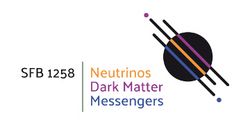






Learn about our Research Topic
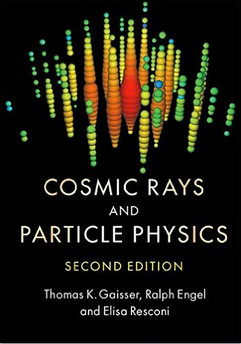
Cosmic Rays and Particle Physics, Thomas K. Gaisser, Ralph Engel and Elisa Resoni, Cambridge University Press, ISBN 978-0-521-01646-9
Fully updated for the second edition, this book introduces the growing and dynamic field of particle astrophysics. It provides an overview of high-energy nuclei, photons and neutrinos, including their origins, their propagation in the cosmos, their detection on Earth and their relation to each other. Coverage is expanded to include new content on high energy physics, the propagation of protons and nuclei in cosmic background radiation, neutrino astronomy, high-energy and ultra-high-energy cosmic rays, sources and acceleration mechanisms, and atmospheric muons and neutrinos. Readers are able to master the fundamentals of particle astrophysics within the context of the most recent developments in the field. This book will benefit graduate students and established researchers alike, equipping them with the knowledge and tools needed to design and interpret their own experiments and, ultimately, to address a number of questions concerning the nature and origins of cosmic particles that have arisen in recent research.
Our Group in TUM's Faszination Forschung
'Energy-laden neutrinos making their way to us from outer space must have originated in cosmic catastrophes that were more powerful than anything we could ever imagine here on Earth. As part of the IceCube project, TUM physicists are investigating various phenomena including the sources of such cataclysmic events in the heavens.'
